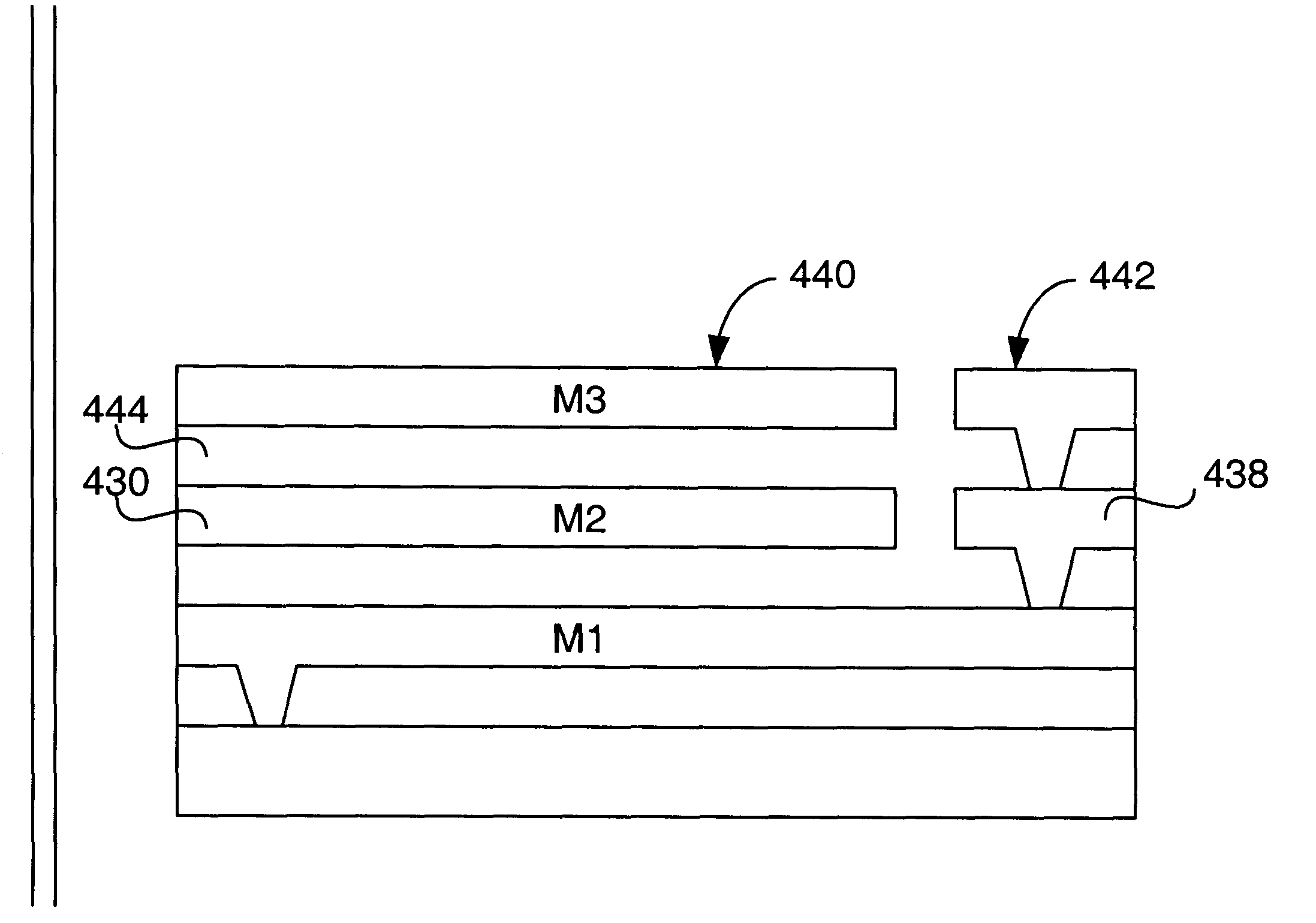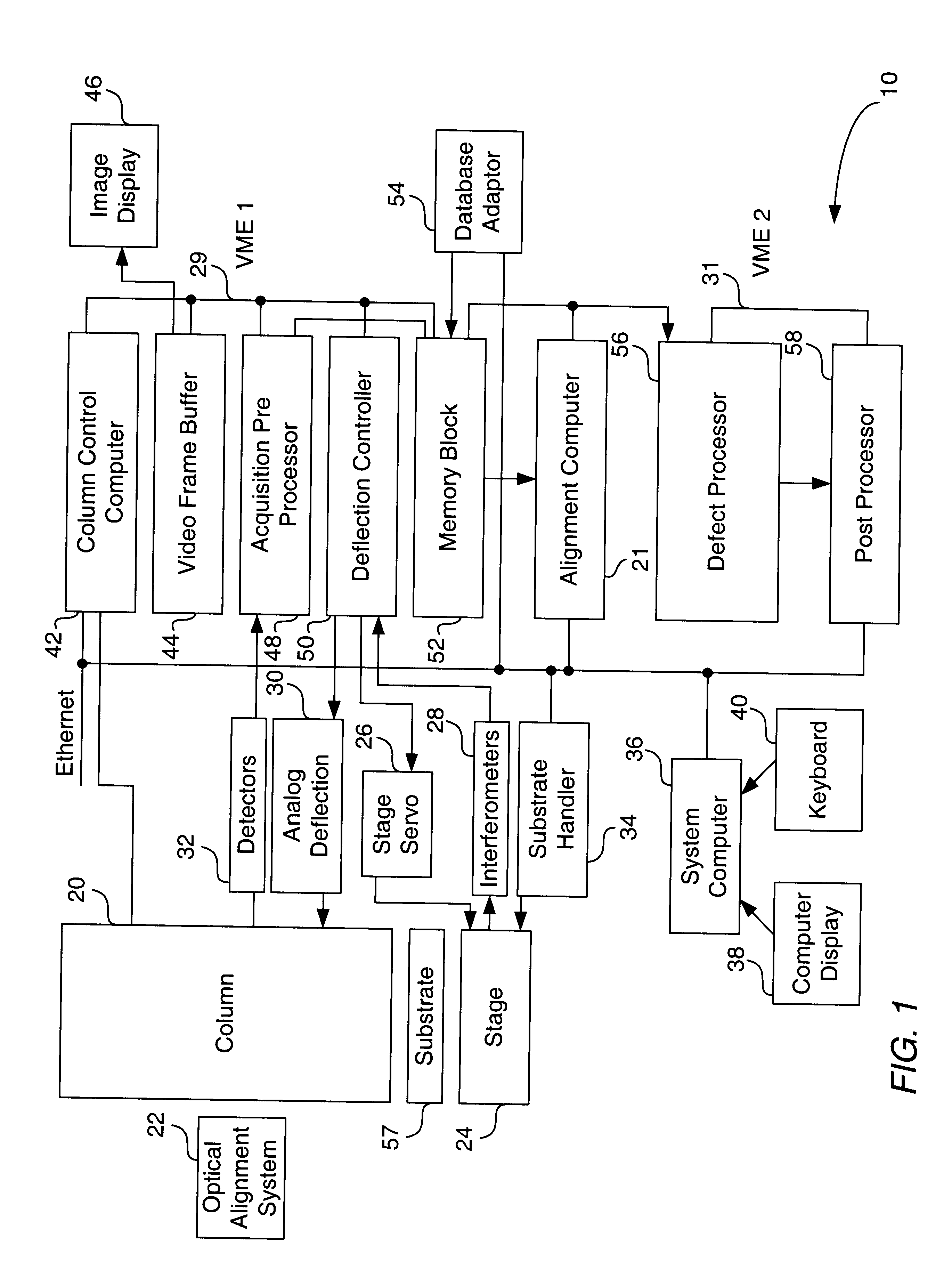Inspectable buried test structures and methods for inspecting the same
a test structure and buried technology, applied in the field of inspection and analysis of specimens, can solve the problems of increasing the time required to scan voltage contrast data to perform comparisons, adding more complexity to circuits, and requiring such small dimensions of ic's, etc., to achieve easy drying, improve the accuracy of inspection, and improve the effect of timely information
- Summary
- Abstract
- Description
- Claims
- Application Information
AI Technical Summary
Benefits of technology
Problems solved by technology
Method used
Image
Examples
Embodiment Construction
)
As will be further described below, the preferred embodiment of the present invention provides automated, rapid, contactless wafer inspection capabilities in order to detect, isolate and characterize electrical defects impacting integrated circuits.
Several embodiments of the present invention are described herein in the context of exemplary multilevel integrated circuit structures, including semiconductor structures and overlying metallization or other interconnects, using various levels of conductors that are separated from each other and the substrate by dielectric layers. However, structures formed using other methods of semiconductor fabrication also fall within the scope of the present invention.
One application of the present invention includes the operation of a scanning electron microscope (SEM) with a continuously moving stage. However, the test structures and many of the methods described herein are also useful in the context of other testing devices, including SEM's opera...
PUM
 Login to View More
Login to View More Abstract
Description
Claims
Application Information
 Login to View More
Login to View More - R&D
- Intellectual Property
- Life Sciences
- Materials
- Tech Scout
- Unparalleled Data Quality
- Higher Quality Content
- 60% Fewer Hallucinations
Browse by: Latest US Patents, China's latest patents, Technical Efficacy Thesaurus, Application Domain, Technology Topic, Popular Technical Reports.
© 2025 PatSnap. All rights reserved.Legal|Privacy policy|Modern Slavery Act Transparency Statement|Sitemap|About US| Contact US: help@patsnap.com



